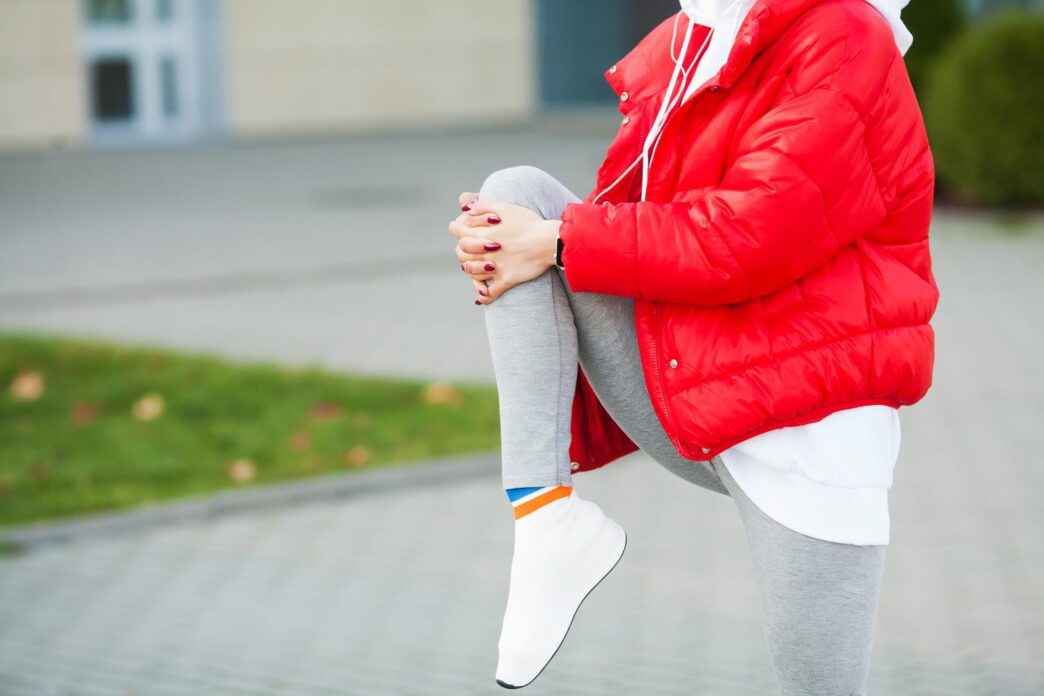A Quick Takeaway
The Story Behind the Trend
How to Make It Work for You
The Community View
For runners seeking an edge in performance, recovery, and injury prevention, compression socks and calf sleeves have emerged as popular tools. These specialized garments, designed to apply graduated pressure to the lower legs, are utilized by athletes of all levels to enhance blood flow, reduce muscle vibration, and accelerate the body’s natural healing processes, making them a valuable addition to any runner’s regimen before, during, or after a run.
Understanding Compression Gear for Runners
Compression socks are full-length socks extending from the foot to just below the knee, providing support to the foot, ankle, and calf. Calf sleeves, conversely, cover only the calf muscle, allowing runners to pair them with their preferred running socks.
Both types of gear employ graduated compression, meaning the pressure is strongest at the ankle and gradually decreases towards the knee. This design is crucial for promoting optimal blood circulation and delivering the intended benefits.
The Science Behind the Squeeze
The primary mechanism by which compression gear works is by improving venous return. The graduated pressure helps to push deoxygenated blood and metabolic waste products back towards the heart more efficiently, combating the effects of gravity.
Beyond circulation, compression also helps to stabilize muscle tissue. By reducing muscle oscillation and vibration during impact, these garments can minimize micro-trauma to muscle fibers, which contributes to fatigue and soreness.
Some research also suggests that compression can enhance proprioception, the body’s awareness of its position in space. This heightened sensory feedback may lead to more efficient movement patterns and a reduced risk of missteps.
Benefits for Runners
The advantages of incorporating compression socks or sleeves into a running routine are multifaceted, impacting both immediate performance and long-term recovery.
During Runs: Boosting Performance and Protection
Wearing compression gear during a run can significantly reduce muscle fatigue by improving oxygen delivery and waste removal from working muscles. This allows runners to maintain their pace and effort for longer durations, potentially improving endurance.
The supportive squeeze helps to stabilize the calf muscles, reducing the impact stress they absorb with each stride. This can be particularly beneficial in preventing common running ailments such as shin splints, calf strains, and Achilles tendonitis.
Post-Run: Accelerating Recovery
After a strenuous workout, compression garments play a vital role in recovery. By continuing to promote efficient blood flow, they help flush out lactic acid and other metabolic byproducts that accumulate during exercise, which are often contributors to muscle soreness.
Reduced swelling and inflammation are also key benefits. The consistent pressure helps to minimize fluid retention in the lower legs, leading to a quicker return to baseline and less post-exercise discomfort.
Ultimately, by mitigating muscle damage and expediting waste removal, compression gear can accelerate the muscle repair process, allowing runners to bounce back faster and be ready for their next training session.
Choosing the Right Compression Gear
Selecting the appropriate compression socks or sleeves is critical to maximize their effectiveness and ensure comfort.
Understanding Compression Levels
Compression is measured in millimeters of mercury (mmHg). For runners, mild to moderate compression (typically 15-20 mmHg) is generally recommended for performance and recovery.
Higher compression levels (20-30 mmHg or more) are often prescribed for medical conditions and should only be used under the guidance of a healthcare professional. Always check the product specifications for the compression rating.
The Importance of a Proper Fit
An accurate fit is paramount for compression gear to work correctly. Too loose, and it won’t provide adequate pressure; too tight, and it can restrict circulation and cause discomfort.
Most brands provide sizing charts based on calf circumference, ankle circumference, and shoe size. It is essential to measure accurately, ideally at the widest part of the calf and the narrowest part of the ankle, to ensure a snug yet comfortable fit without bunching or wrinkling.
Material and Features
Look for materials that are breathable and moisture-wicking, such as nylon, spandex, or specialized synthetic blends, to keep your feet and calves dry and prevent chafing. Seamless construction can further enhance comfort and reduce irritation.
Socks vs. Sleeves: Making Your Choice
The decision between compression socks and calf sleeves often comes down to personal preference and specific needs.
Compression Socks
Socks offer comprehensive support to the entire lower leg, including the foot and ankle, which can be beneficial for those prone to ankle swelling or foot fatigue. They are a popular choice for long-distance runs, races, and extended recovery periods.
Calf Sleeves
Calf sleeves provide targeted compression to the calf muscles while allowing runners to wear their preferred running socks for varied cushioning or foot feel. They can be a versatile option for different types of runs or in warmer weather when full socks might feel too restrictive.
When to Incorporate Compression Gear
Compression socks and sleeves can be worn in various scenarios: during training runs and races to support muscles and enhance performance; immediately after a run or workout to kickstart recovery; during travel, especially on flights or long drives, to prevent swelling and deep vein thrombosis; and even overnight, if comfortable, to aid in muscle repair.
Optimizing Performance and Recovery
Compression socks and calf sleeves offer a scientifically supported method for runners to enhance performance, mitigate fatigue, and accelerate recovery. By understanding how these garments work, choosing the right fit and compression level, and incorporating them strategically into your routine, you can optimize your running experience and support a sustainable, healthy athletic lifestyle.







